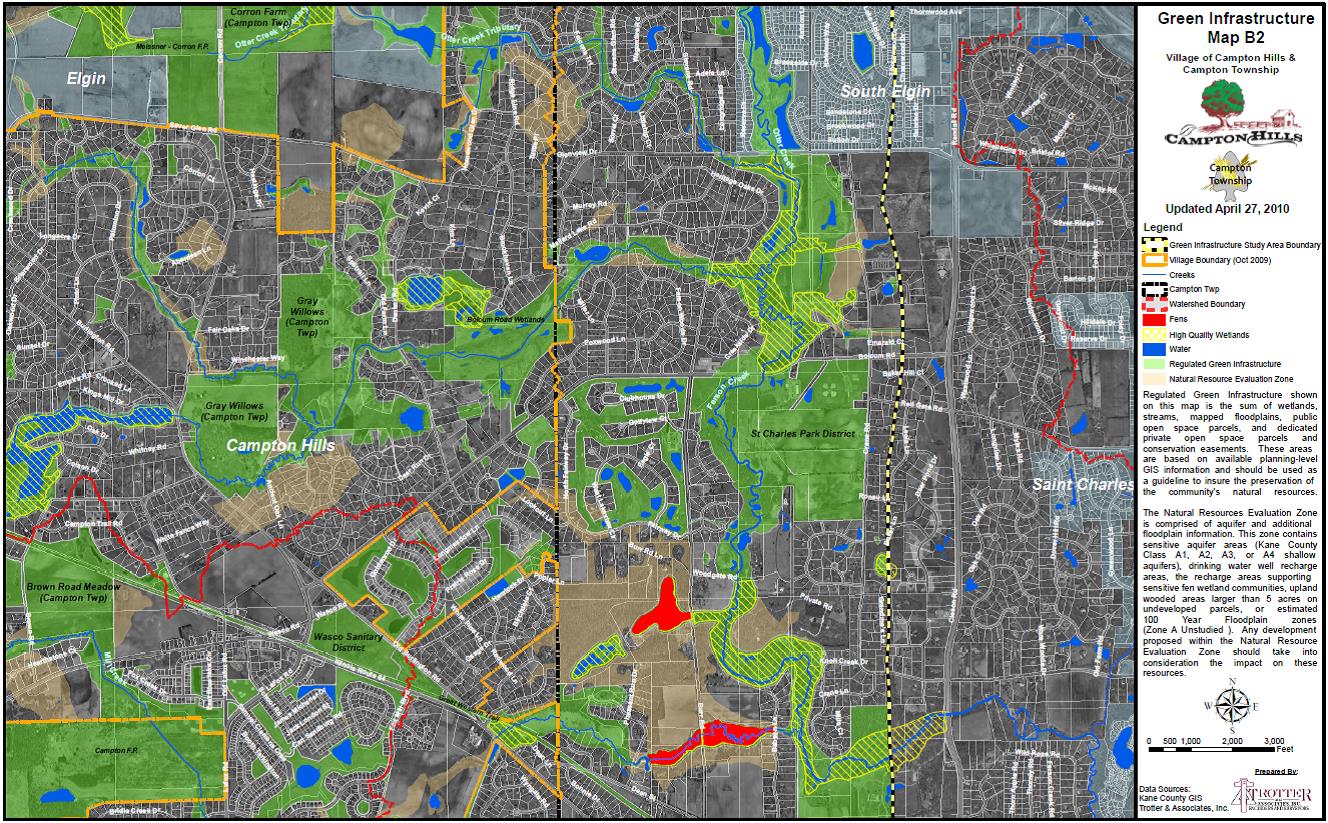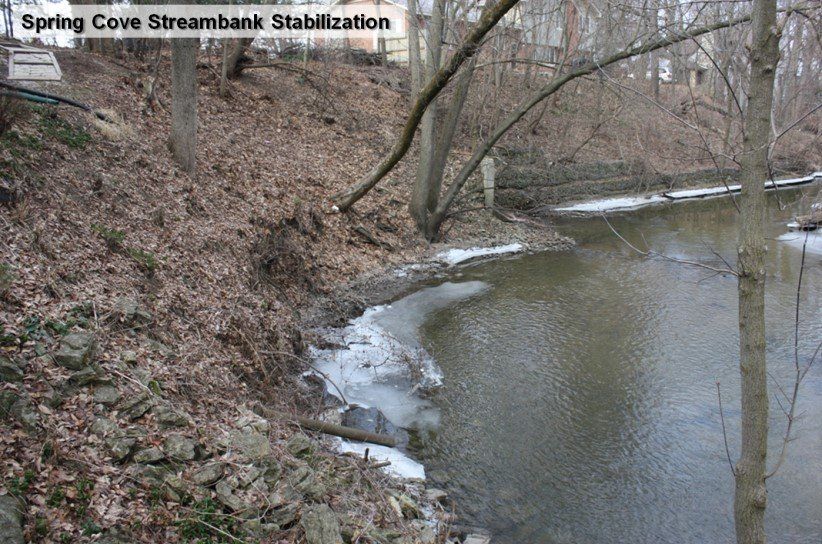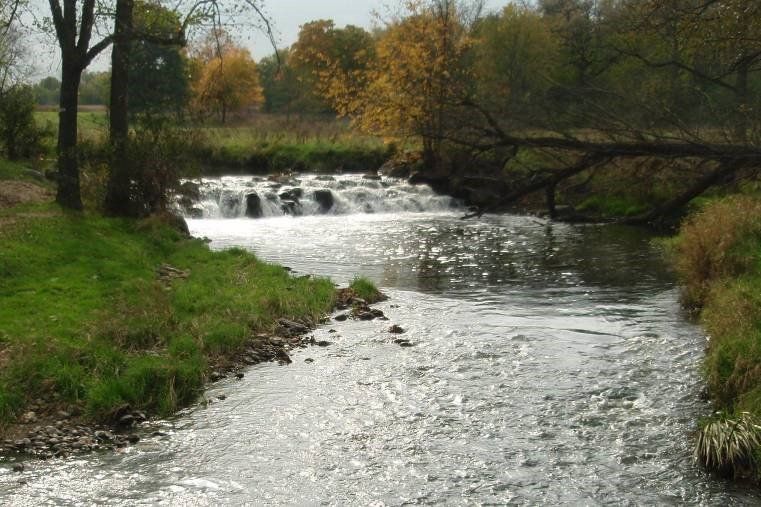WATER RESOURCES
Our staff is highly skilled in the technical and non-technical aspects of water resources; hydrology, hydraulics, streambank stabilization, and floodplain management. TAI’s staff has completed all facets of planning, design, permitting, and construction oversight of stormwater projects ranging from simple parcel-scale stormwater Best Management Practices (BMPs) to large scale watershed planning projects.
GET IN TOUCH
HAVE AN ENGINEERING PROBLEM THAT YOU'D LIKE OUR HELP WITH?
RELATED PROJECTS
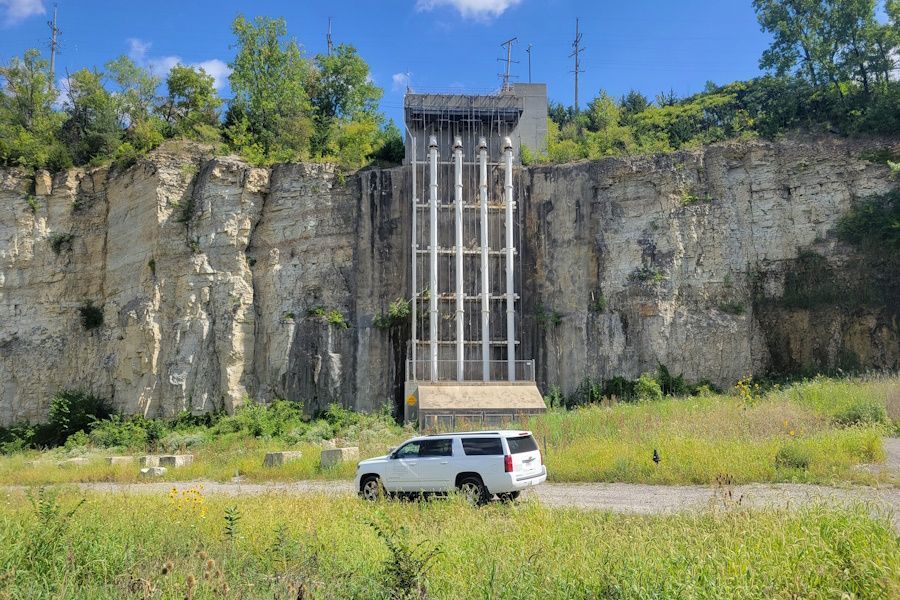
TAI is working alongside the DuPage County Department of Stormwater Management to rehabilitate the County’s West Lobe Pump Station at the Elmhurst Quarry. The Elmhurst Quarry Flood Control Facility, comprised of an east and a west lobe, operates as an excess flow storage facility when the creek reaches a trigger elevation during escalated wet weather events. The east and west lobe pump stations within the quarry are operated by the County to pump stormwater back out to Salt Creek following a rain event. The project scope for rehabilitation of the West Lobe Pump Station includes the replacement of the pumps, valves, and electrical components at the facility. The final design was completed in 2023 and is currently under construction.
